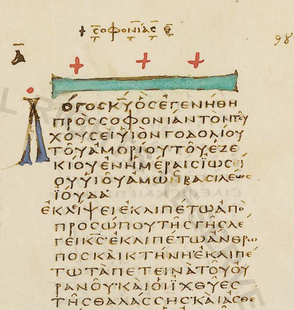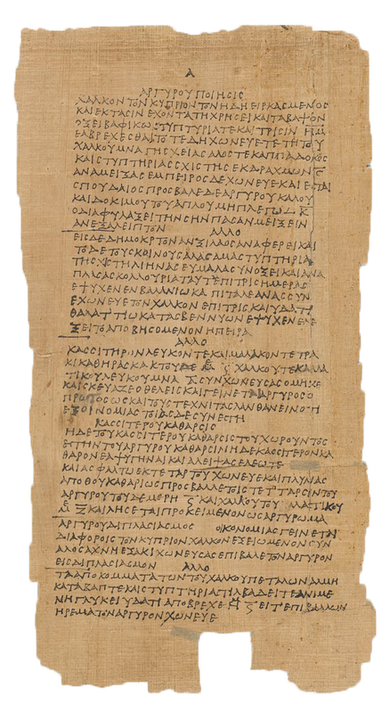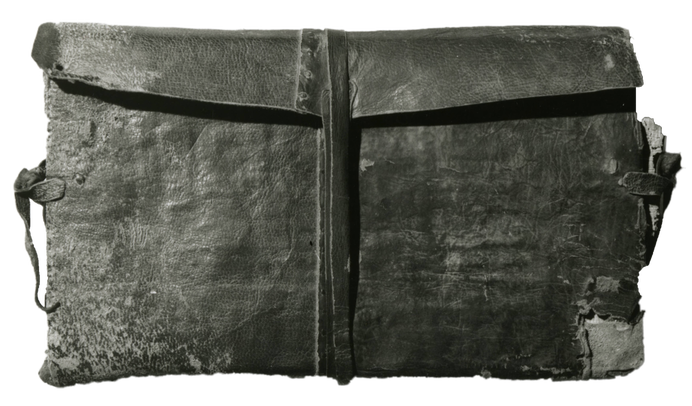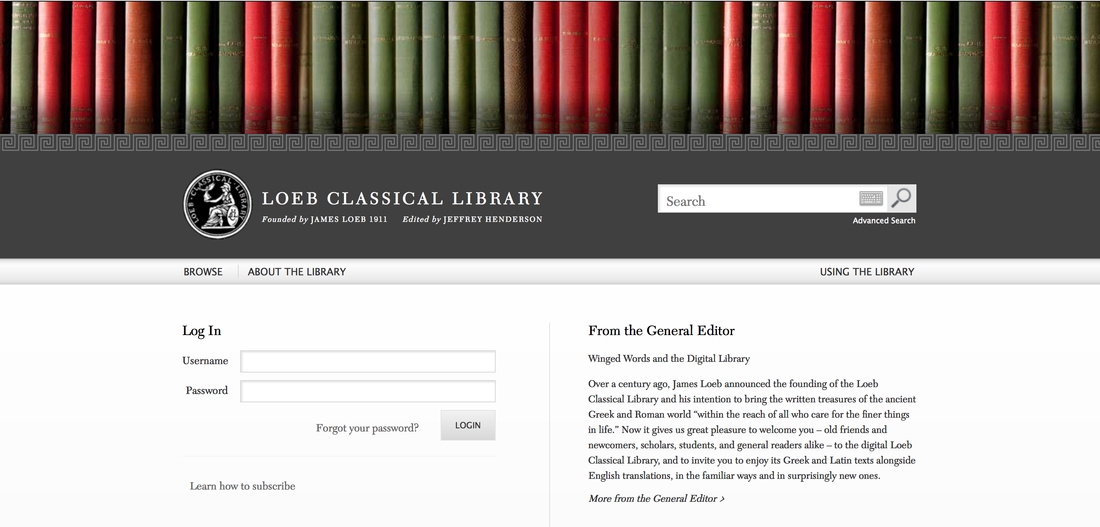
It was announced today that Codex Vaticanus (Vat.gr.1209) has been digitized and is now accessible online. For those who don't know about this fine manuscript, I reproduce for convenience the description on Wikipedia, which is accurate:
"The Codex Vaticanus (The Vatican, Bibl. Vat., Vat. gr. 1209; no. B or 03 Gregory-Aland, δ 1 von Soden), is one of the oldest extant manuscripts of the Greek Bible (Old and New Testament), one of the four great uncial codices. The Codex is named after its place of conservation in the Vatican Library, where it has been kept since at least the 15th century. It is written on 759 leaves of vellum in uncial letters and has been dated palaeographically to the 4th century.
Current scholarship considers the Codex Vaticanus to be one of the best Greek texts of the New Testament, with the Codex Sinaiticus as its only competitor. Until the discovery by Tischendorf of the Sinaiticus text, the Codex was unrivaled. It was extensively used by Westcott and Hort in their edition of The New Testament in the Original Greek in 1881. The most widely sold editions of the Greek New Testament are largely based on the text of the Codex Vaticanus."
"The Codex Vaticanus (The Vatican, Bibl. Vat., Vat. gr. 1209; no. B or 03 Gregory-Aland, δ 1 von Soden), is one of the oldest extant manuscripts of the Greek Bible (Old and New Testament), one of the four great uncial codices. The Codex is named after its place of conservation in the Vatican Library, where it has been kept since at least the 15th century. It is written on 759 leaves of vellum in uncial letters and has been dated palaeographically to the 4th century.
Current scholarship considers the Codex Vaticanus to be one of the best Greek texts of the New Testament, with the Codex Sinaiticus as its only competitor. Until the discovery by Tischendorf of the Sinaiticus text, the Codex was unrivaled. It was extensively used by Westcott and Hort in their edition of The New Testament in the Original Greek in 1881. The most widely sold editions of the Greek New Testament are largely based on the text of the Codex Vaticanus."




